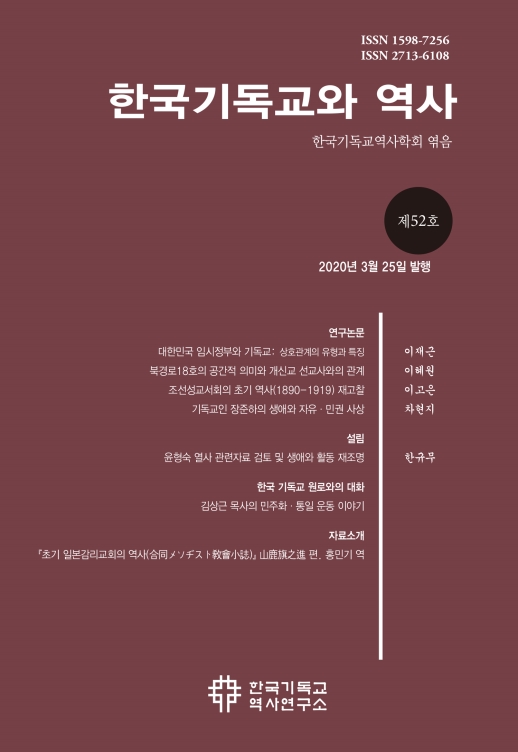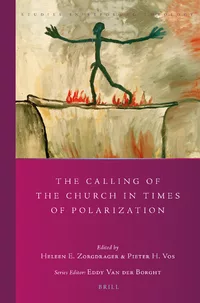https://doi.org/10.1628/rre-2025-0010
기독교의 세례 의식은 유대교의 정결례에서 발전하였다. 그러나 이후 수 세기 동안 랍비들은 기독교의 세례 의식의 주요 요소들을 수용하며 유대교 개종례를 재구성하였다. 랍비 문헌은 개종 절차에서 물에 잠기는 침수 의식의 중요성이 점점 강조된 사실을 증언한다. 본 논문은 바빌로니아 탈무드와 게림(Gerim) 문서에 각각 수록된 4세기와 5세기경 두 개의 랍비적 개종 절차 버전을 비교함으로써 이 의식의 변천사를 재구성한다. 특히 초기 버전은 기독교 세례에 포함된 두 가지 독특한 요소—세례자와 물 위에서의 선언—에 대한 유대교적 대응으로 이해될 수 있다. 기독교가 물 위에서 신조를 외우는 것에 비해, 유대교는 물 속에서 계명을 나열함으로써 랍비적 대안을 상징하려 했던 것이다.
Christian baptismal rites evolved from Jewish purification practices. At the same time, during the following centuries the rabbis appropriated major features of Christian baptism, thereby reshaping Jewish conversion. Rabbinic sources testify to the growing role of immersion in water in the conversion procedure. Through the comparison of the two detailed versions of the rabbinic protocol of conversion, dated to the fourth and fifth centuries and incorporated in the Babylonian Talmud and in tractate Gerim, this paper reconstructs the history of this rabbinised rite. It is argued that the earlier version is to be understood as a ritual response to current forms of Christian baptism, which include two unique elements: a baptiser and a declaration over the water. Against the background of Christian invocation of the credo over the water, the presumably bizarre listing of commandments while still in the water is a rabbinic attempt to encapsulate the essence of the Jewish alternative.







